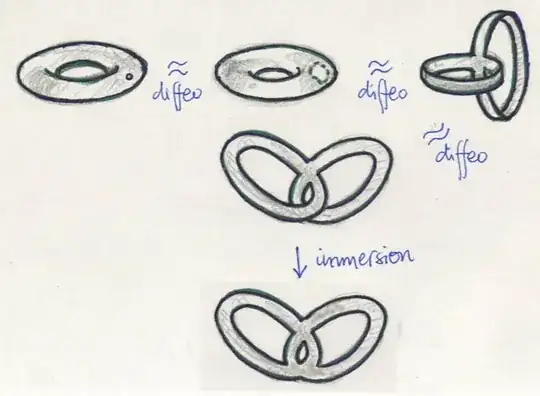Let $S^1 \times S^1$ be the $2$-torus. If a point $a=(p,q)$ of the torus is removed, i.e., it is punctured at one point then how can I show that it can be immersed in the plane, i.e., in $\Bbb{R}^2$?
I have the idea of decomposing the punctured torus into two intersecting cylinders and then immersing each of them to $\Bbb{R}^2$, but the problem is by this way even if we make that the intersecting region mapped to same region, we cannot define an immersion on the whole the two immersions may not agree pointwise on the intersection. I have got stuck here.
Thanks in advance for any kind of help.
